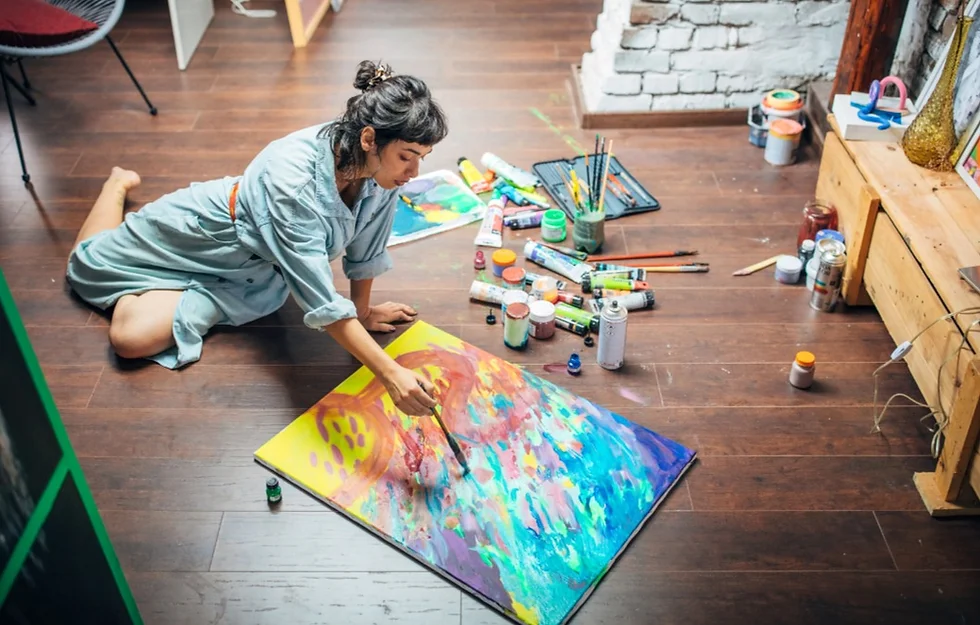Unlocking the Healing Power of Art
Art has long been celebrated for its ability to evoke emotion, stimulate the imagination, and enrich our lives in countless ways. Yet, beyond its aesthetic appeal, research increasingly suggests that engaging with art can have profound effects on our physical and mental well-being. From coloring books to museum memberships, the simple act of immersing oneself in artistic experiences may hold the key to unlocking a wealth of health benefits.
Rewiring the Brain: The Neuroscience of Art
Recent studies have shed light on the transformative effects of art on the brain. Whether creating art or simply appreciating it, individuals undergo neural changes that can reshape their cognitive functioning. These changes involve the rewiring of neural pathways and the release of neurochemicals, hormones, and endorphins, all of which contribute to improved mood, cognition, and overall well-being.
Prescribing Art: A Shift in Healthcare Practices
In light of mounting evidence supporting the therapeutic potential of art, healthcare practitioners are increasingly integrating arts engagement into their treatment plans. Recognizing its ability to address a wide range of physical and mental health conditions, from obesity and heart disease to dementia and depression, healthcare professionals are prescribing art as a complementary therapy to conventional medical interventions.
Combatting Chronic Conditions: Art as Medicine
Art therapy has emerged as a promising approach for managing chronic conditions that traditional medical treatments alone may not adequately address. Studies have shown that engaging in artistic activities, such as painting, drawing, or poetry, can alleviate symptoms associated with conditions like chronic pain, Parkinson’s disease, and loneliness. By tapping into the creative process, individuals can find relief and empowerment in expressing themselves artistically.
Nurturing Mind and Body: The Holistic Benefits of Art
The benefits of art extend beyond the realm of mental health to encompass physical well-being as well. Engaging with art can promote relaxation, reduce stress levels, and even boost immune function. Whether through the meditative act of coloring or the invigorating experience of visiting a museum, individuals can cultivate a sense of inner peace and vitality by incorporating art into their daily lives.
Fostering Connection and Expression: Addressing Loneliness and Depression
Loneliness and depression are pervasive issues that can significantly impact one’s quality of life. Fortunately, art offers a powerful means of fostering connection and self-expression, thereby mitigating feelings of isolation and despair. Through participation in group art activities or the exploration of artistic outlets, individuals can forge meaningful connections with others and gain a sense of purpose and belonging.
Promoting Prevention and Wellness: Art for Everyone
Art is not only a therapeutic tool for addressing existing health concerns but also a proactive approach to promoting overall wellness and prevention. By engaging in artistic pursuits on a regular basis, individuals can cultivate resilience, enhance cognitive function, and maintain emotional balance. From attending art classes to creating a personal art practice at home, there are myriad ways to incorporate art into one’s wellness routine.
Conclusion: Embracing the Healing Power of Art
In conclusion, the healing power of art is a profound yet often overlooked aspect of human experience. As research continues to uncover the myriad benefits of artistic engagement, it is clear that art has the potential to transform lives in meaningful and measurable ways. By embracing art as a form of self-care and therapy, individuals can nurture their physical, emotional, and spiritual well-being, fostering a deeper connection to themselves and the world around them.


































